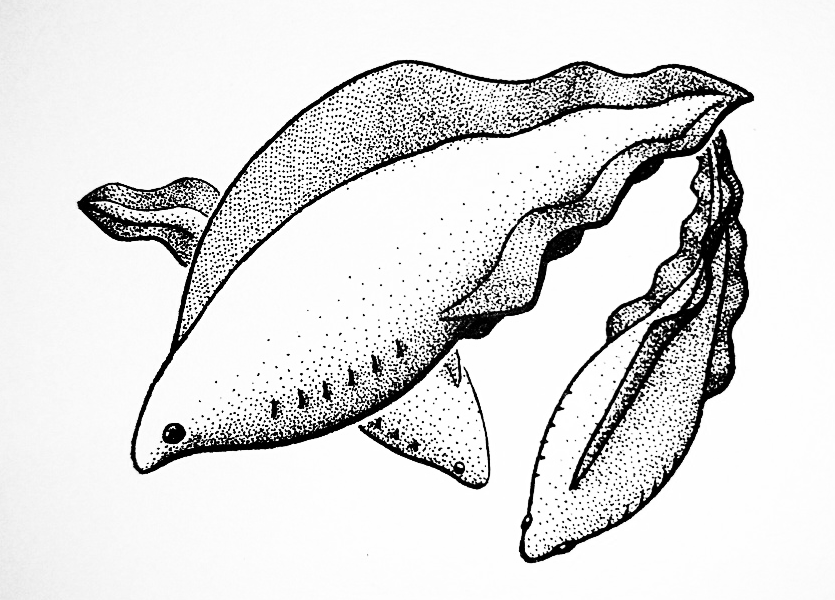Vertebrates are by far the most numerous and diverse group of chordates today, with over 65,000 known species including fish, amphibians, reptiles, birds, and mammals. Genetic studies show that they’re closely related to the weird bag-like tunicates, and their shared common ancestor was probably something lancelet-like.
And the earliest true vertebrates would have looked something like Haikouichthys ercaicunensis.
Continue reading “Cambrian Explosion Month #16: Phylum Chordata – Vertebrata”
